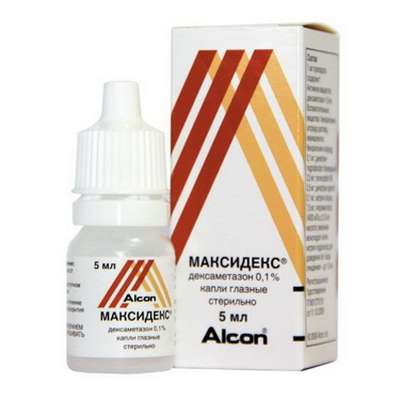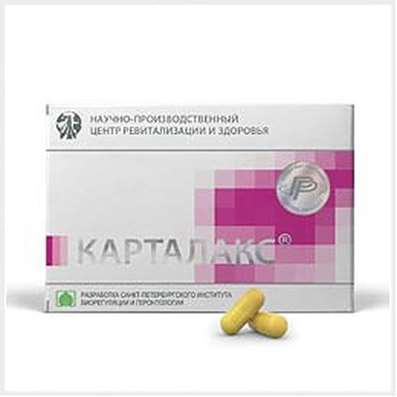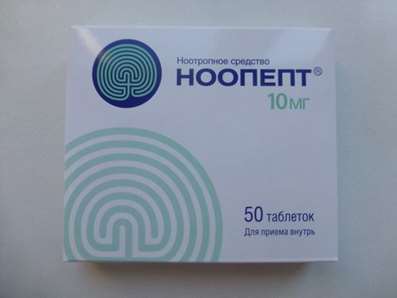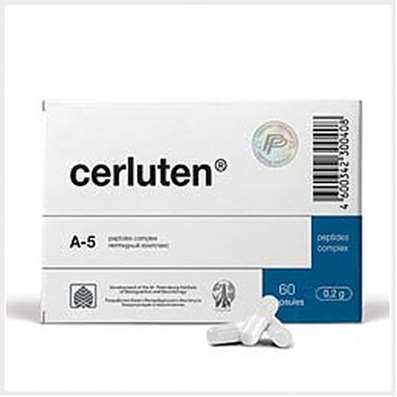FAQ: Membrane - Antibiotics
31 Oct 2016
6 facts about bacterial resistance to drugs and how to solve this problem.
One of the pressing biomedical problems currently the problem of resistance of pathogenic bacteria to the drugs with which they are trying to deal with, i.e. is resistant to antibiotics. The problem has long been known, since antibiotics were first, and so far it has not been solved. People are trying to find and develop new, more effective drugs that will fight bacterial infections, but the bacteria are not far behind: they have learned to adapt and do quite well even in relation to the newly created drug compounds.
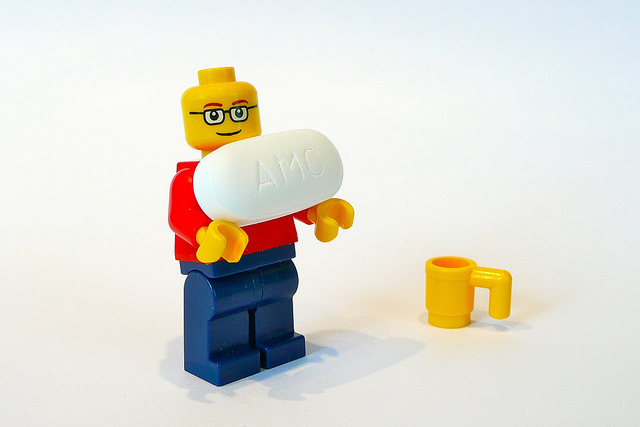
- 1.Solutions to this problem
How can help here the methods of computer simulation? Why, in fact, we are talking about a computer simulation? The fact that there was an understanding that fight bacterial infections can not simply interfering with the functioning of the bacterial processes on the genome level by adjusting, for example, the work of enzyme systems, which are often used in recent years. We know that there is an entire large group of so-called antimicrobial peptides, which affect the membrane forming bacteria therein defects, pores, and thus the membrane by osmotic shock die, due to the fact that the fading difference in the concentration of various ions in bacterial and outside cells. This is all the traditional approaches, and academic labs, and pharmaceutical companies are working to improve such drugs. (For example Meldonium).
But because of resistance remains a problem, you need to look for new ways. And one of them is to see how the bacteria themselves cope with this task, because their bacterial life, they are forced to fight for survival, and they are not isolated and live, and surrounded by other strains, often aggressive and hostile to them . And to combat these undesirable neighbors bacteria in the course of evolution, we have developed a number of interesting techniques and synthesized a number of interesting molecules, which, in fact, need to look carefully. These molecules are very effective and are very strong antibiotics. For a long time it was known that many bacteria produce these compounds, but the mechanisms of action of these compounds is still unclear in many respects. That is, here it is necessary to understand at the molecular level, why these connections are very good, and many of the emerging synthetic drug compounds to fight the bacteria are either not very effective or bacteria find an opportunity to adapt to them.
- 2.About lantibiotics
One of the projects just our laboratory and is connected by the computer to try to model the process behavior of molecules produced by bacteria which are able to cause bacterial cell death. As an object of research, we chose the so-called lantibiotics. This is a rather unusual peptide compounds, because they consist not only of the canonical amino acid residues, which, as we know, there are twenty types, but also contain quite modified amino acid residues are chemically modified, that is, non-standard chemical structure. Often this ring structure, that is such a lantibiotic molecule is a sequence of several macrocycles, unlike conventional linear antibacterial peptides. The most famous of the lantibiotic is nisin. This peptide lantibiotic which has long been used, for example, in the food industry as an antibacterial additive. It is completely harmless to humans, but some species of bacteria kill very effectively. The compound is used for a long time, but the mechanism of action of nisin at the molecular level is still not clear. It is known that the action target lantibiotic Nisin molecule is the so-called lipid-II in the composition of the bacterial membrane. That is, it is not simply accumulate on the bacterial membrane and forms therein some pores and defects, and it specifically recognizes very effectively on the surface of bacterial membranes he desired compound, which is called the target. Lipid-II molecules are precisely such a specific target. Lantibiotic molecule associated with the lipid-II and blocks its operation.
- 3.On the functioning of lipid-II and causes of death of the bacteria
The fact that the lipid-II - a molecule that contains the polar part consisting of two carbohydrate residues: small peptide fragment and a long hydrophobic tail, which "anchors" for the molecule in the membrane. That is, its molecule interacts with the polar head groups of lipids, and its hydrophobic tail is thicker in the membrane. This molecule is involved in the synthesis of the so-called cell wall (glycocalyx), transferring it to the internal components of the bacterial cytoplasmic membrane surface to the outer surface. And if disrupt lipid-II, the bacterium dies, because it can not synthesize their cell walls and becomes defenseless.
In our studies, we tried to understand how the lantibiotic molecule recognizes its target lipid-II, in the bacterial membrane. The problem is that the lipid-II molecule surrounded by a large number of other lipid molecules, and which are also charged and polar groups in their properties and would seem to be close to have a molecule of the lipid-II. Consequently, it was necessary to find out an experiment in the computer, if different than a membrane, which is present in the composition of the target, the lipid-II, from the diaphragm, in which no such a target. Experiments do not yet possible. The most that is possible - by means of atomic force microscopy to obtain images of a membrane looks in general, that is not at the molecular level. Here, apparently, it is a question that lantibiotic molecule recognizes some features that have a molecular scale. As mentioned above, even the most modern experimental approaches can not clarify the situation, so to help researchers come methods of computer modeling.
- 4.How lipid-II affects membrane
In our laboratory, we have made great efforts to study the structure and dynamics of membranes that mimic bacterial membranes. These model membranes were embedded target molecule being studied - lipid molecules-II. And it turned out amazing thing: the lipid-II molecule is really much changes the properties of the surrounding membrane, changes locally. This is what we are designed for your computer. It took, of course, a supercomputer, because the system contains hundreds of thousands of particles, and the necessary time dynamics modeling (hundreds of nanoseconds and microseconds). Besides the membrane must be hydrated, because the water molecule also strongly influence the properties of the membrane and in the membrane of the target behavior. Thus, very complex supramolecular system was used in the calculations. The result is: a membrane which is composed of lipid-II, behaves in an unusual manner. Near lipid-II molecules there is an interesting feature: it creates around itself an area which by its physical and chemical properties different from what is in the undisturbed membrane, that is no target. In addition, the dynamics of the behavior of this lipid-II in the bacterial membrane is very unusual, that is, there are areas, hills and valleys, if figuratively say, near the molecule lipid-II. And they're on their hydrophobic and dynamic properties differ greatly from the free membrane.
- 5.Features of behavior of the antibiotic and membrane
When we saw that in the membrane creates a disturbance here, and with quite specific characteristics in terms of amphiphilic, and in terms of structure and dynamic behavior, we have decided that it is this feature of the membrane near the location of the lipid-II is a key. Lantibiotic molecule, which themselves too are amphiphilic (i.e., they polar and nonpolar portions are separated in space) recognize lipid-II - a target with which they have to be bred, it is on the basis of this pattern occurring in the membrane. We have simply tried to understand, but what, in fact, unusual in the behavior of lipid-II molecules, and the difference between the membrane, which has a target from the one in which this target is not. In addition, we had to figure out how to target induced lantibiotic molecule.
- 6.Research Perspective
The next challenge is this: take a large set of compounds, such lantibiotic (but simpler in chemical synthesis and smaller than natural lantibiotic that they then could efficiently produce), and see how the so-called "molecular trap" - prototypes of the future antibiotics - bind with its target in the membrane.
Further goes the optimization process (improvement) of these traps in order to achieve maximum efficiency, that is, the binding constant (affinity) and the highest selectivity. It is also desirable that these molecules trap or future medication, antibiotics, were selective for the action that they kill only certain strains of pathogenic bacteria, but do not touch the other strains, which may be useful.
But it is all to come. At least now it is clear that we are on the right track, and the first part of the problem, that defines the primary target recognition act lantibiotic in the membrane clear. I believe that the result is very interesting and the future also looks promising. Of course, we are not talking about that in a year or two will be a new antimicrobial compound market. But, at least, we will deal with the molecular mechanisms of action of new molecules.

 Cart
Cart

